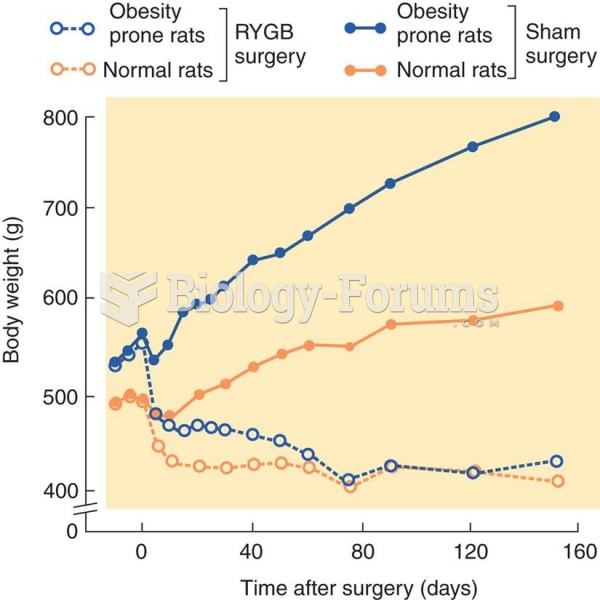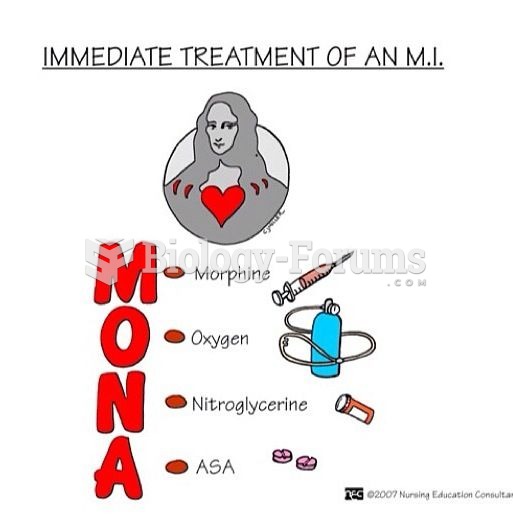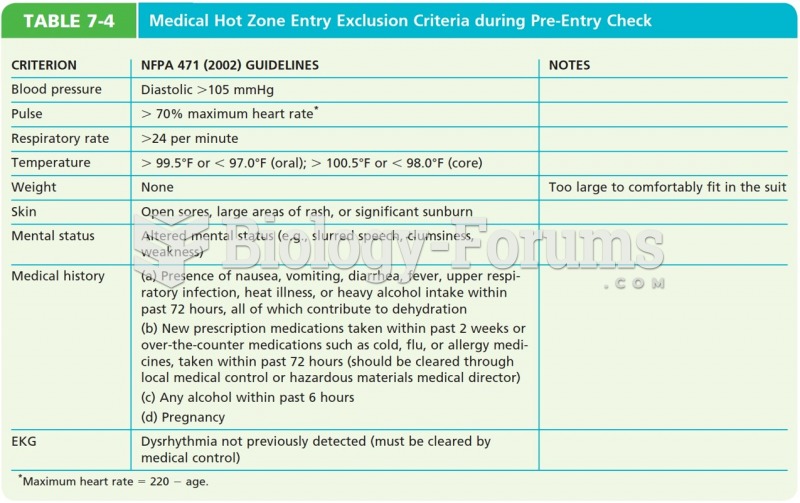Answer to Question 1
The use of surgery to treat severe obesity in adults has created interest in its use for adolescents. Limited research shows that after surgery extremely obese adolescents lose significant weight and experience improvements in type 2 diabetes and cardiovascular risk factors. The selection criteria for surgery to treat obesity in adolescents are based on recommendations of a panel of pediatricians and surgeons, and include the following:
Physically mature
BMI >40 or BMI>35 with significant weight-related health problems
Failure in a formal, 6-month weight-loss program
Capable of adhering to the long-term lifestyle changes required after surgery
Answer to Question 2
Overweight children develop a characteristic set of physical traits. They typically begin puberty earlier and so grow taller than their peers at first, but then they stop growing at a shorter height. They develop greater bone and muscle mass in response to the demand of having to carry more weightboth fat and lean weight. Consequently, they appear stocky even when they lose their excess fat.
Like overweight adults, overweight and obese children display a blood lipid profile indicating that atherosclerosis is beginning to develophigh levels of total cholesterol, triglycerides, and LDL cholesterol. Overweight and obese children also tend to have high blood pressure; in fact, obesity is a leading cause of pediatric hypertension. Their risks for developing type 2 diabetes and respiratory diseases (such as asthma) are also exceptionally high.
In addition to the physical consequences, childhood obesity brings a host of emotional and social problems. Because people frequently judge others on appearance more than on character, overweight and obese children are often victims of prejudice and bullying. Many suffer discrimination by adults and rejection by their peers. They may have poor self-images, a sense of failure, and a passive approach to life. Television shows, which are a major influence in children's lives, often portray the fat person as the bumbling misfit. Overweight children may come to accept this negative stereotype in themselves and in others, which can lead to additional emotional and social problems. Researchers investigating children's reactions to various body types find that both normal-weight and underweight children respond unfavorably to overweight bodies.
The Expert Committee of the American Medical Association recommends the following healthy habits for children 2 to 18 years of age to help prevent childhood obesity:
Limit consumption of sugar-sweetened beverages, such as soft drinks and fruit-flavored punches.
Eat the recommended amounts of fruits and vegetables every day (2 to 4.5 cups per day based on age).
Learn to eat age-appropriate portions of foods.
Eat foods low in energy density such as those high in fiber and/or water and modest in fat.
Eat a nutritious breakfast every day.
Eat a diet rich in calcium.
Eat a diet balanced in recommended proportions for carbohydrate, fat, and protein.
Eat a diet high in fiber.
Eat together as a family as often as possible.
Limit the frequency of restaurant meals.
Limit television watching or other screen time to no more than 2 hours per day and do not have televisions or computers in bedrooms.
Engage in at least 60 minutes of moderate to vigorous physical activity every day.
The initial goal for overweight children is to reduce the rate of weight gain; that is, to maintain weight as the child grows taller. Continued growth will then accomplish the desired change in BMI. Weight loss is usually not recommended because diet restriction can interfere with growth and development. Intervention for some overweight children with accompanying medical conditions may warrant weight loss, but this treatment requires an individualized approach based on the degree of overweight and severity of the medical conditions.
The many benefits of physical activity are well known but often are not enough to motivate overweight people, especially children. Yet regular vigorous activity can improve a child's weight, body composition, and physical fitness. Ideally, parents will limit sedentary activities and encourage at least 1 hour of daily physical activity to promote strong skeletal, muscular, and cardiovascular development and instill in their children the desire to be physically active throughout life.
Weight-loss programs that involve parents and other caregivers in treatment report greater success than those without parental involvement. Because obesity in parents and their children tends to be positively correlated, both benefit when parents participate in a weight-loss program. Parental attitudes about food greatly influence children's eating behavior, so it is important that the influence be positive. Otherwise, eating problems may become exacerbated.
The use of weight-loss drugs to treat obesity in children merits special concern because the long-term effects of these drugs on growth and development have not been studied. The drugs may be used in addition to structured lifestyle changes for carefully selected children or adolescents who are at high risk for severe obesity in adulthood. Orlistat is the only prescription weight-loss medication that has been approved for use in adolescents 12 years of age and older. Alli, the over-the-counter version of orlistat, should not be given to anyone younger than age 18.







